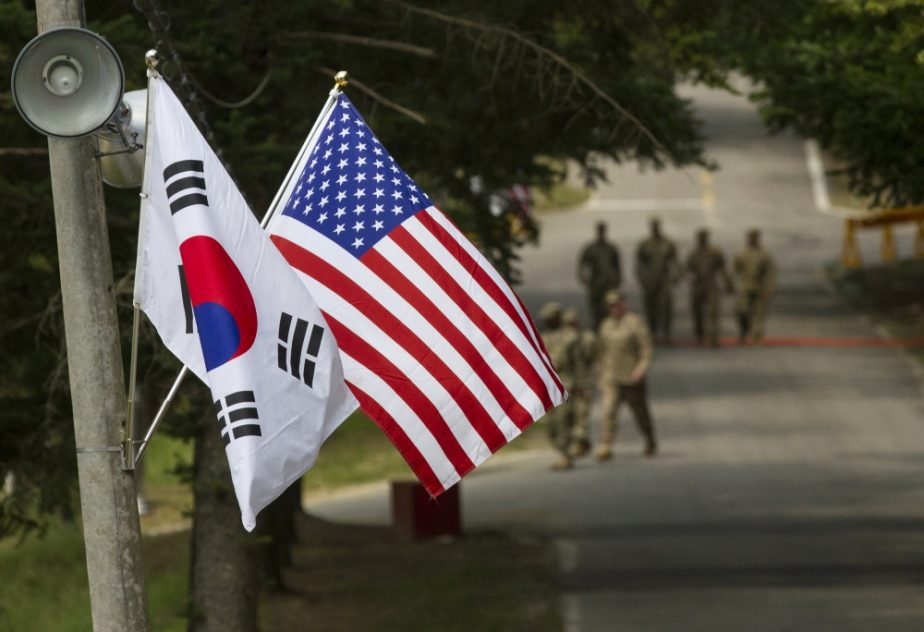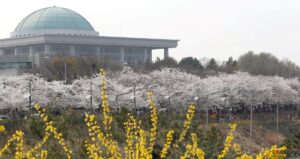In July, the U.S. Army War College’s (USAWC) Strategic Studies Institute (SSI) released a report titled “An Army Transformed: USINDOPACOM Hypercompetition and US Army Theater Design.” It questioned U.S. preparedness in the Indo-Pacific vis-à-vis China and argued that U.S. forces in South Korea (and Japan) are too concentrated and, though sufficient for a large-scale clash with North Korea, are “grossly inadequate for either hypercompetition or armed hostilities” with China.
Despite being the product of a U.S. Army think tank and not official U.S. government policy, the report apparently caused significant consternation among South Korean officials as a sign of things to come: either U.S. troop reductions or U.S. forces becoming entangled in wider regional contingencies.
Nonetheless, the report highlights a long-running fact: The U.S. presence in South Korea has never been just about the Korean Peninsula. Rather, it’s one node within a wider strategic tapestry. Although the immediate mission is to assist deterring and defending against Pyongyang, U.S. policymakers have long conceived of those forces and the U.S.-Republic of Korea (ROK) alliance within a larger framework. This enduring fact has run through U.S. discourse and strategic planning since World War II and continues today.
Read the full article.




